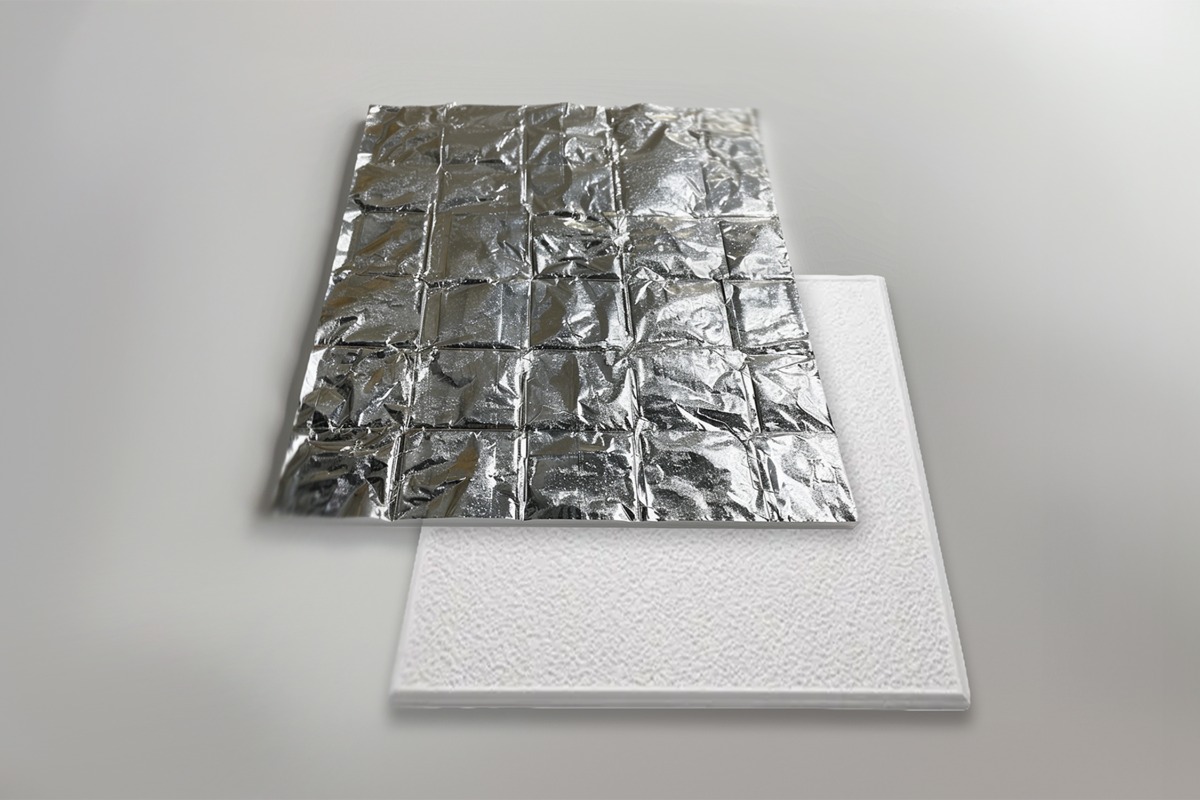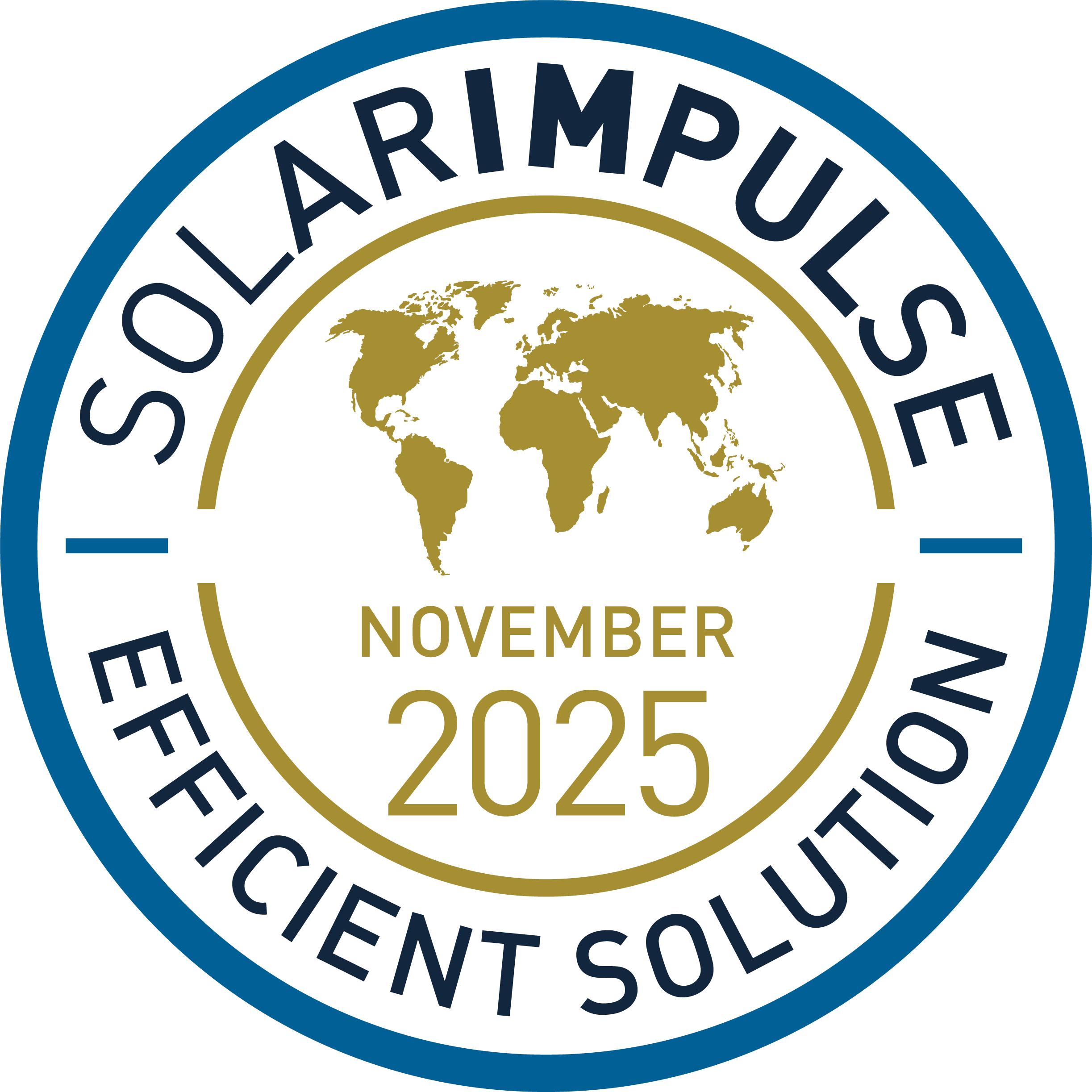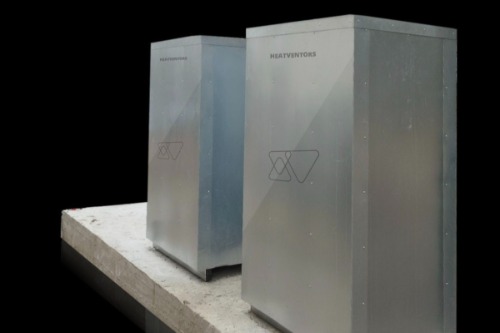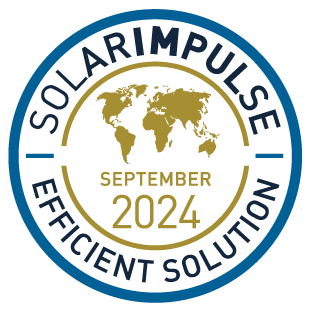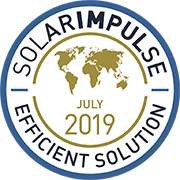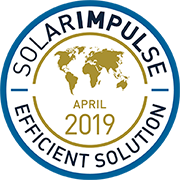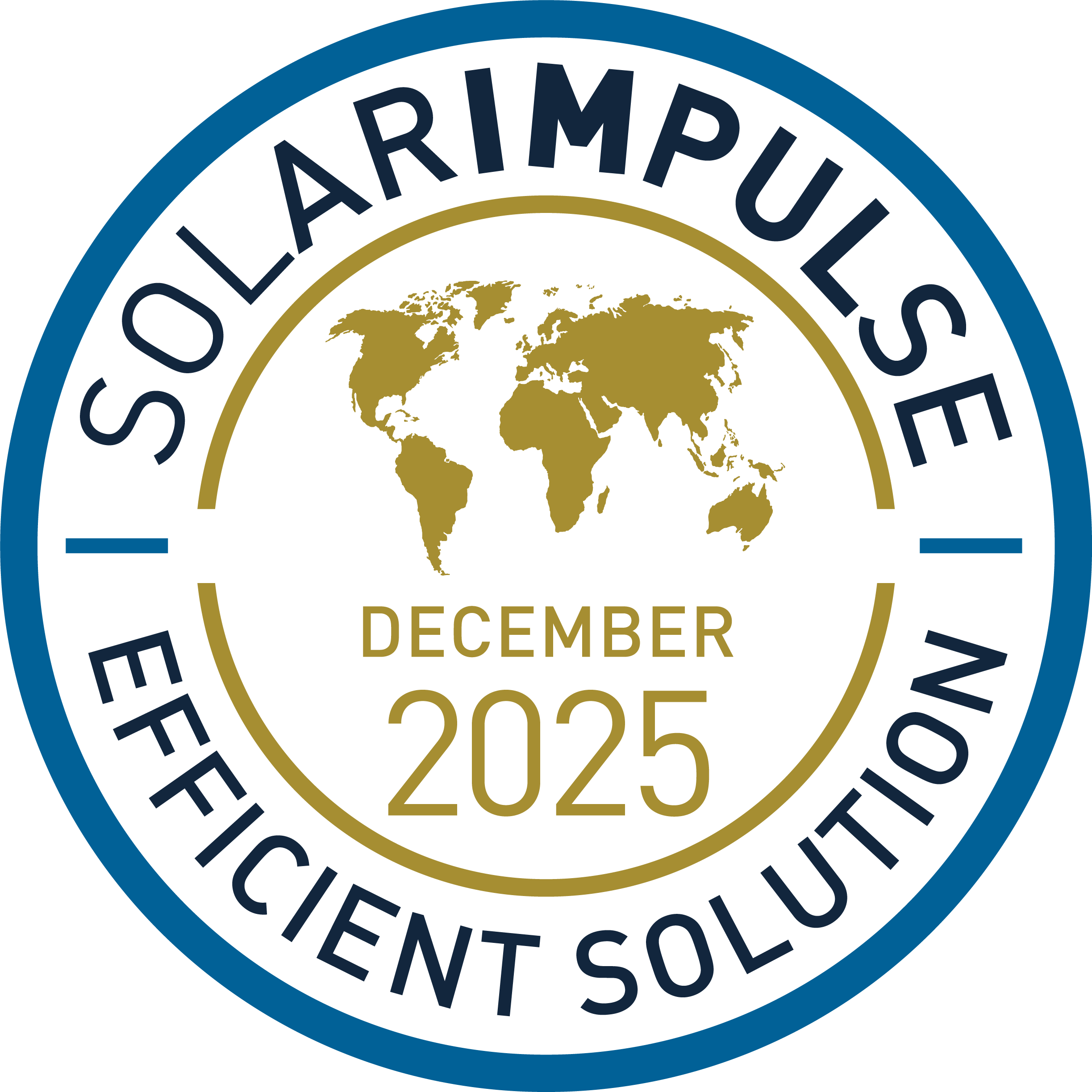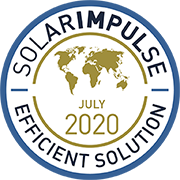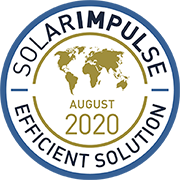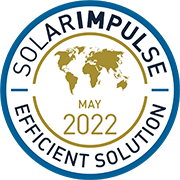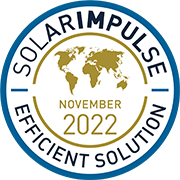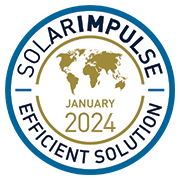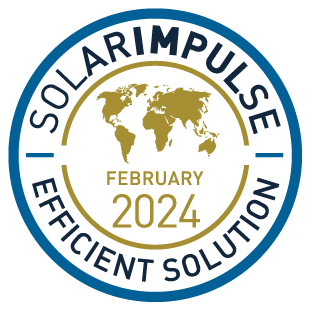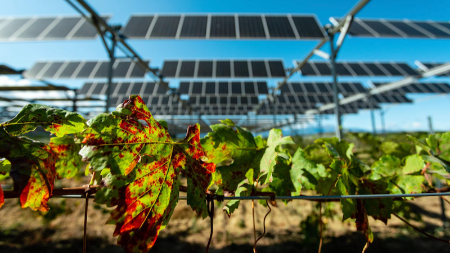Technical Article - August 7, 2025
How To Stay Fresh
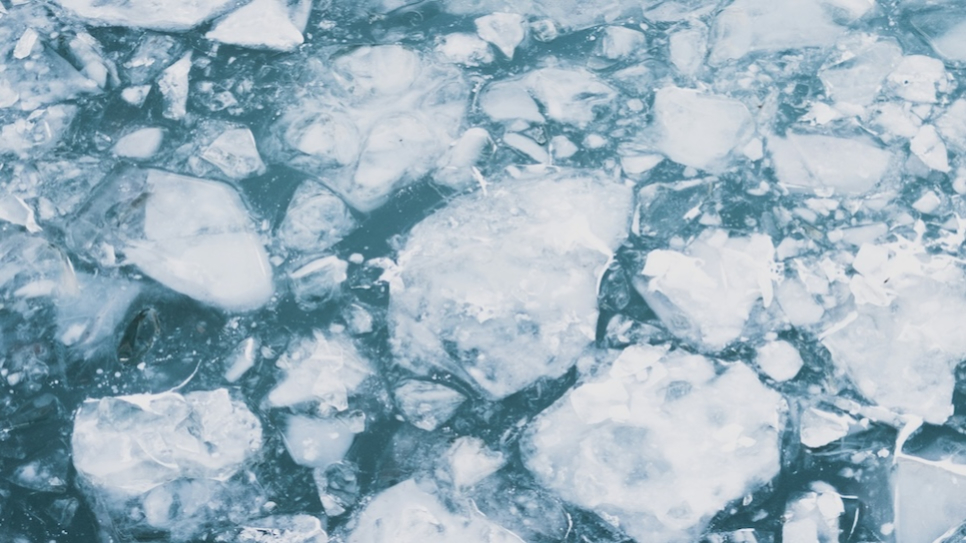

Written by Hugo Kermiche 5 min read
Warm, hot, burning
Since the dawn of time, humans have attempted to protect themselves from extreme weather conditions, both hot and cold. It didn't take long for us to find solutions to heat ourselves properly, though efficiency is still an issue, but cooling has remained an elusive problem. And it’s not getting better anytime soon.
Global warming is increasing the number of extreme heat events everywhere on earth. While the planet is currently only 1 degree warmer than what it was before the industrial revolution, this small change leads to major variations in the number and the severity of heat waves. Mega heat-waves, which were considered as “once every 50 years” events, have become 4.8 times more likely than they were 150 years ago.
Of course, since we have yet to achieve net-zero emissions, this will keep worsening in the decades to come. If and when we reach 2 degrees, extreme heat waves will become 13.9 times more likely. That number reaches 39.2 if we get to 4 degrees in 2100. Overall, more and more days throughout the year will be considered as deathly hot. Tropical regions could see more than 200 extra killer-days (days with a heat index of more than 41 degrees) by 2100 under the high-emissions assumptions.
500 000 people die each year from excessive heat
Such days are extremely damaging for humans. Our bodies cannot function properly more than a few tenths of a degree hotter than their usual temperature, therefore they have developed a number of cooling mechanisms. However in the event of extreme heat, these mechanisms can fail. Sweating for example, only works when the temperature and the humidity are sufficiently low. Being exposed to extreme heat leads to dehydration, heat cramps, and even heat strokes when the body reaches an internal temperature of over 40 degrees celsius.
Overall, about 500 000 people die each year from excessive heat. In Europe, heat mortality rates have risen by 30% in the past two decades. Just this past June, researchers at Imperial College London estimated that just the 1.4° heat increase had caused the death toll to triple, and was responsible for 1500 deaths in Europe. Heat is deadly. Heat is deadly.
How do we cool ourselves
To protect ourselves from extreme heat, we mostly only have two solutions for now. Staying indoors (in a well insulated building, while following some tips to keep the heat out) and conventional cooling, also known as vapor compression cooling.
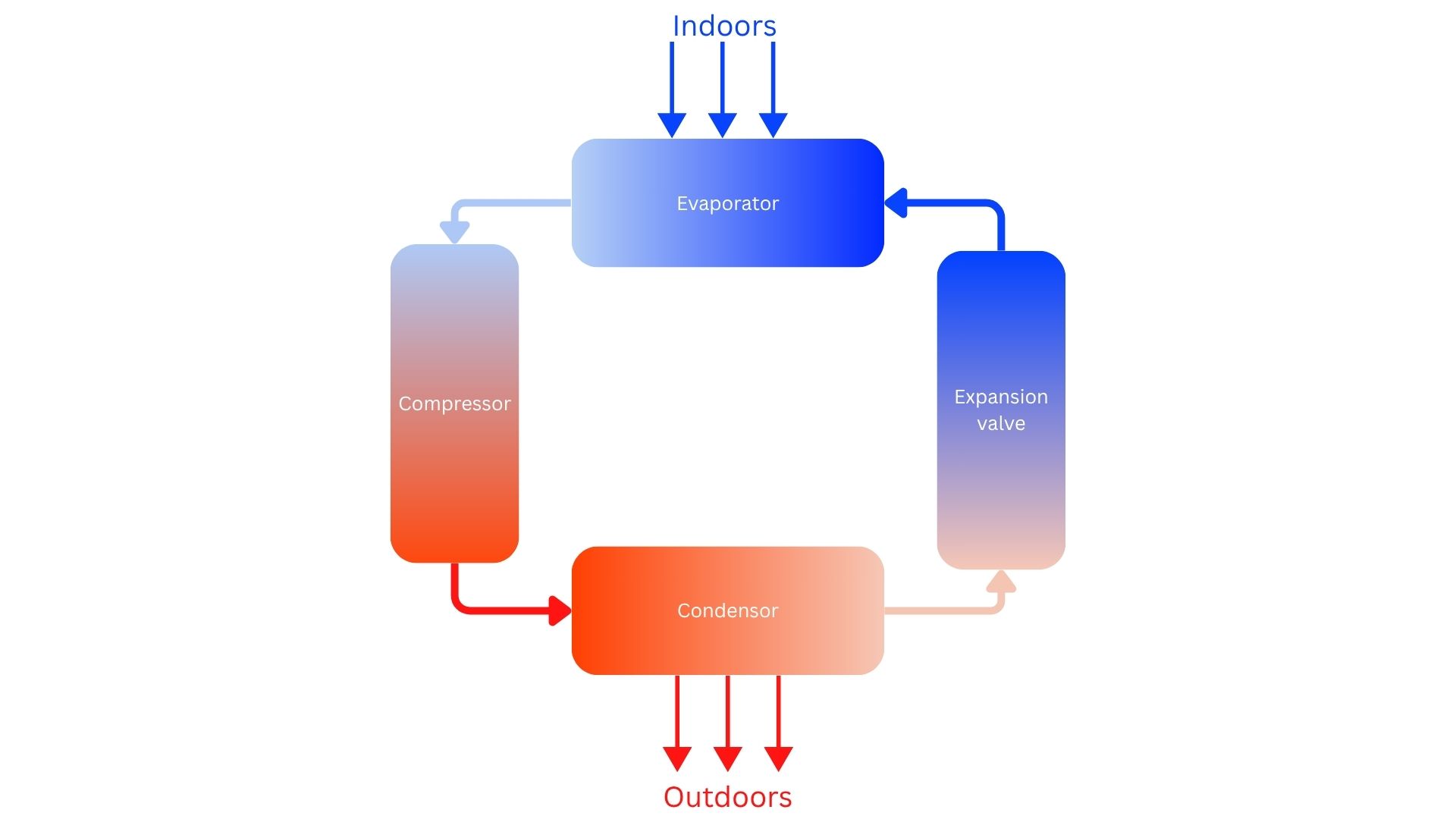 Vapor Compression Cooling
Vapor Compression Cooling
Vapor compression cooling uses pressure and a special fluid called a refrigerant to cool down different spaces. The refrigerant has rare properties, most notably its ability to vaporize easily, but pretty much any liquid can be used with slightly more complex systems. The refrigerant runs in a loop, absorbing heat from “the cool stuff” (indoors) and dispersing it in “the hot stuff” (outdoors). This cycle has 4 main steps:
First the refrigerant is compressed into a high pressure gas, which makes it very hot. This is the step in which energy is injected into the cycle from the machine.
The refrigerant is now hotter than the outdoors. They are both put into contact and heat naturally travels from the refrigerant to the outdoors.
After losing some of its heat but keeping its pressure, the refrigerant is allowed to expand, therefore losing its pressure and its temperature. However since it gave some of its heat away to the outside, returning it to its initial pressure leaves it much colder than it was before.
The cold refrigerant is put into contact with the indoors, where it naturally receives heat until it returns to its original state.
Having successfully completed the cycle, the refrigerant has captured energy from the inside and released it on the outside.
While this sounds great on paper, the cycle uses enormous amounts of energy. The best possible efficiency we can reach with such systems that use this “Carnot Cycle” is 60%. Additionally, we also need energy to get the fluid moving around the machine through the different parts. As of today, there are over 2 billion active air conditioning units using this principle worldwide. Collectively they are responsible for 3 % of our emissions and 7% of our electricity use. As populations develop and earth heats up, this number is projected to reach 5.5 billion units in 2050. This might be hard to believe, but just consider that the number of units has already doubled in the past 22 years!
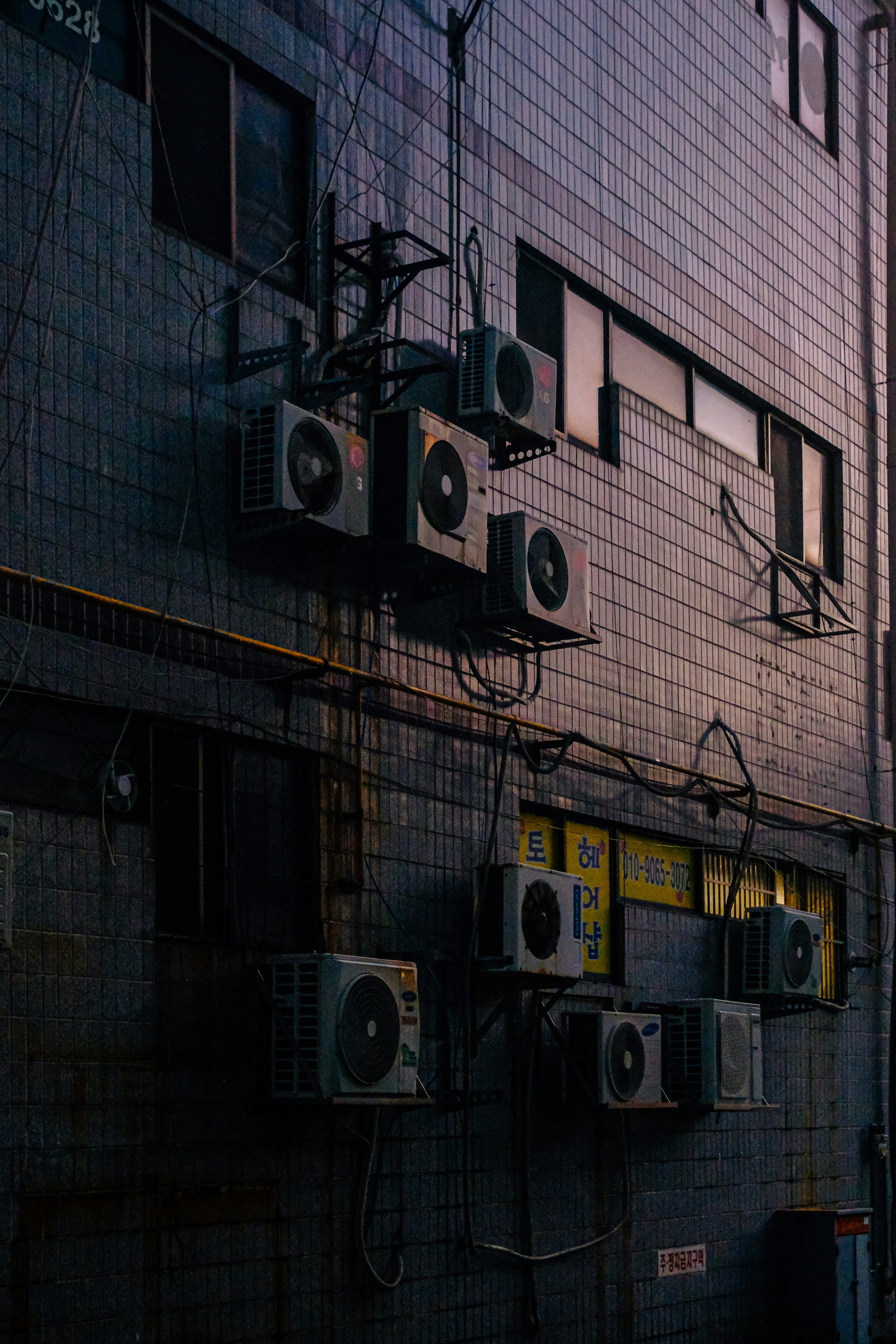 Wall with multiple AC Units
Wall with multiple AC Units
The trouble of course is that the electricity used to run these machines often comes from burning fossil fuels, which strengthens the issue it protects us against. This is a vicious circle: the more the planet heats up, the more we need to cool down, the more we contribute to the planet’s heat. Air conditioning already emits over 1 billion tons of CO2 every year, and it's the fastest growing source of CO2 emissions linked to buildings.
Air conditioning is responsible for 3% of our emissions and 7% of our electricity use
How can we do better?
There are currently many startups and companies looking to improve our cooling methodology to make it more efficient and less impactful.
New cooling techniques
Vapor compression cooling isn’t the only technique out there. Let’s take a deeper look at three new types of cooling being developed.
The first is a very simple improvement on vapor cooling: replacing the refrigerant, often a very polluting fluid (usually more than 1000 times more detrimental to the climate than CO2), with simple fluids such as water or CO2. Companies like Enersion or Green-Y are finding creative processes to use these green refrigerants while not impeding on the device’s efficiency.
The second technique is much more complex and is called Magnetocaloric cooling. It uses the magnetocaloric effect, by which certain solids heat up or cool down when a magnetic field is applied to them. Magnetocaloric systems work very similarly to vapor compression systems: they only replace the refrigerant with a piece of metal, and the compressor with a magnetic field. While this effect was discovered more than a hundred years ago (our founder's grandfather, Auguste Piccard, was actually among the first to observe the effect), the technology is still in the early stages. Though it cannot theoretically be more thermodynamically efficient than the Carnot Cycle, it can be more efficient overall because less energy is spent on moving parts. Companies such as Magnoric, Camfridge and Polaris are actively working to bring commercial applications of this technology to the market.
The third technique is the use of Thermoacoustic Engines. They take advantage of the fact that sound, by moving particles around in solids, creates friction and therefore heat. This effect can be reversed and heat can in turn be transformed into sound. This is of course way more complicated than it sounds (pun intended) but you can learn more about how it works here, or take a look at some of our labelled solutions attempting to create functional and financially viable industrial systems, like Equium or Blue Heart Energy.
Furthermore, cooling can sometimes be impossible to achieve for installation far from the electrical grid. This leaves populations living in remote areas without any solutions to keep their food fresh and to protect themselves from heat. New technologies have been created to enable off-grid cooling, such as Cool Box by Solar Polar, which uses the power from the sun to create emission-less cooling with no moving parts, or Helio Cooling by HelioClim, which channels concentrated sun-beams to power a heat pump.
New Storage techniques
Cooling things is great, but to achieve real efficiency, we need to be able to store heat and cold in an efficient manner. This way, we can produce cold when the conditions are best, and use it when it's needed.
The ground is a great place to store heat and cold. That’s because the ground’s thermal inertia is considerable, which means that its temperature varies very little when it's subjected to temperature changes or energy flows from its environment. This means that deeper than 4 meters underground, the soil keeps a constant temperature throughout the year, no matter what goes on above. Two conclusions can be taken away from this:
We can use the ground as a source of constant heat or cool throughout the year. If the ground beneath your house is at 16°, you can circulate water through it and get a source of heat in the winter, or cold in the summer. This is the concept behind the GeoTerre Geothermal Wall.
We can use the ground to store some of our extra heat in the summer, thereby cooling our house, and then take this extra heat in the winter to heat ourselves, in a process referred to as Geostorage. That’s what the team at Accenta is working on.
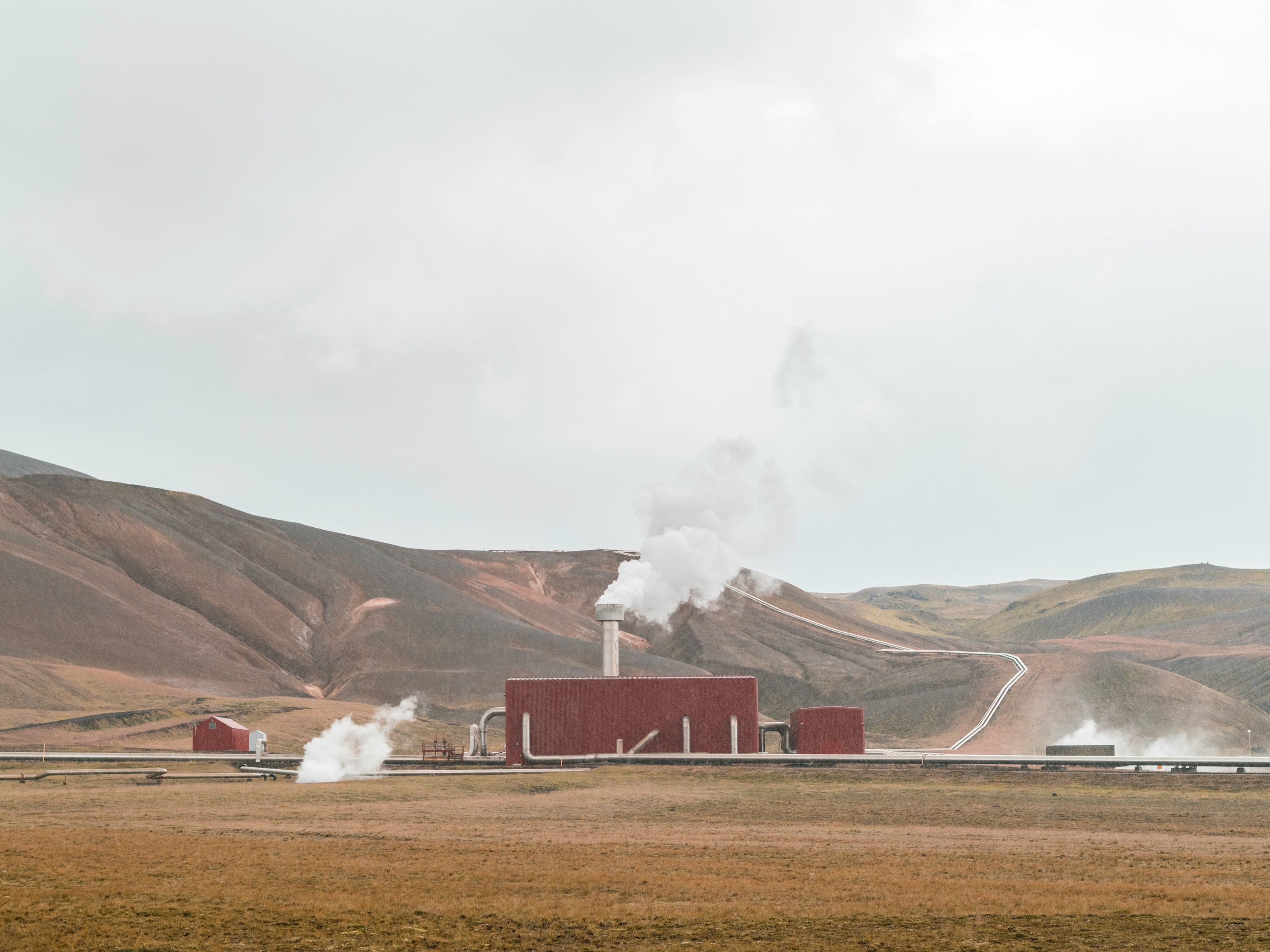 Geothermal installation in Iceland
Geothermal installation in Iceland
When the ground isn’t an option, there are creative alternatives available. Soprema for example identified that some already existing structures can be used to retain heat or cold. They modified the mandatory fire tank on their building to use it as a heat or cold storage. Boreales saw that ice had a great cold-retaining capacity, so they’re able to create cold when energy is plentiful, store it in the form of ice, and release it on demand. HeatTank on the other hand have gone down the high-tech road, and are using biomaterials called Phase Change Materials to store cold in a compact manner, thereby reducing the volume needed for heat storage by 90%.
Improving building efficiency.
It's amazing to generate cold whenever and wherever we want, but the most important step towards energy efficiency is to keep the cold we already have. Here is an overview of all that we can do to this end.
The most obvious idea to keep more of the cold inside is to have better insulation. Insulation is paramount to keeping the heat outside. It’s been shown that poor insulation can lead to homes losing one third of their heat in the winter. Good insulation saves money and CO2, and it adds comfort to a home. Insulation depends on the materials used and the way the walls are structured. The best insulator is vacuum, since it lets no heat pass through, but it's very difficult to achieve in walls. There are companies attempting to create vacuum-insulated walls, like the WALLRUS Insulating Panels, but there are also other ways to create great insulation:
Airium is a one-of-its-kind material that provides great insulation for little money. It's easy to use and easy to recycle.
Tl-Skin is a new material using Phase Change Materials (just like HeatTank) to store incoming heat and prevent it from passing through.
New structural blocks such as Caleosol ECO+ or the EPIC Block make it simple to build well insulated structures with modular blocks that can fit anywhere and are easy to assemble.
Structure Cooling is a creative approach to keep buildings cool by circulating cool waste water through the walls.
Another course of action to protect buildings from outside heat is to coat them in a protective layer. There are two main alternatives, both of which efficient but that are incompatible with one another:
Painting buildings with super-white paint, like SolarCoat or CoolRoof, which reflect nearly 100% of the sunlight, making sure that none of it is trapped by the roof and transformed into heat.
Covering buildings with plants, with roof gardens and green walls. Plants are incredible at keeping heat out or in: they can improve a building’s energy bill by 22%. This is the path chosen by solutions like Vertiscape or Sky Water Roof.
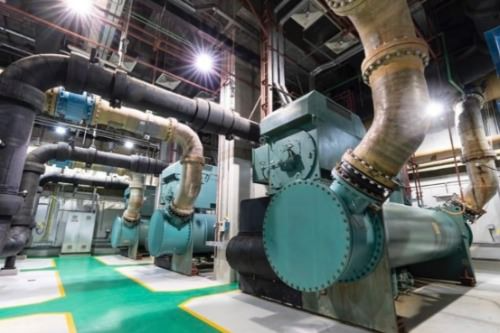 District Cooling implemented by Engie
District Cooling implemented by Engie
Finally, one instrument to manage building temperature is to pool their resources together for more efficiency and flexibility. District cooling systems work just like central heating systems: they provide cold to the buildings that need it from a centralized facility. This allows buildings to get exactly the cool they need when they need it, without taking care of costly cooling systems. Last generation systems can provide both heating and cooling to different buildings, and reinject the waste heat from the cooling process into the heating system. This is the idea behind solutions such as CAAS or Boostherm.
What’s left to do?
As we’ve seen, solutions for heating and cooling effectively are plentiful. Yet they don’t really matter if they’re not implemented. Today, most consumers buy the cheapest air conditioning on the market, which is sometimes 5 times less efficient than the best air conditioning available. This leads to higher energy bills, shorter lifetimes, and more emissions. The issue is therefore not so much about what technologies are available, but with what regulations and incentives we can get these technologies to be widely adopted.

Written by Hugo Kermiche on August 7, 2025
